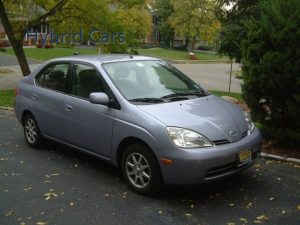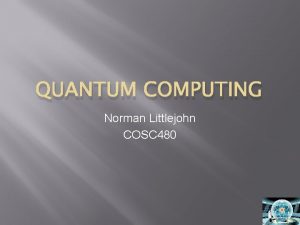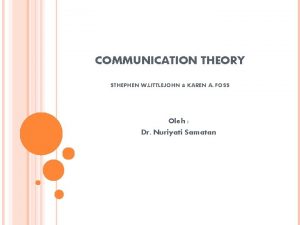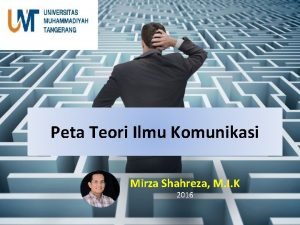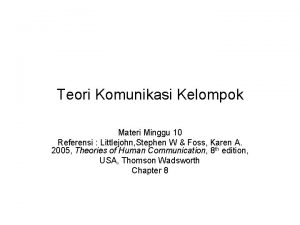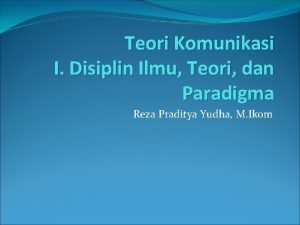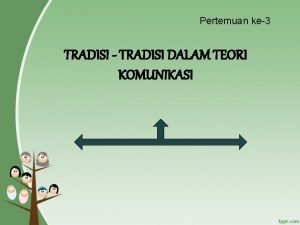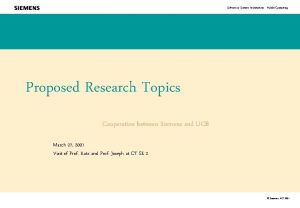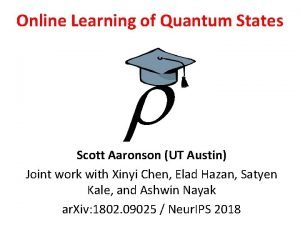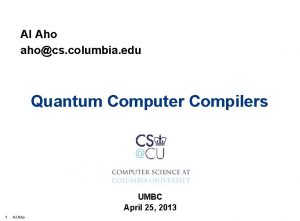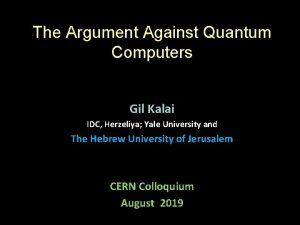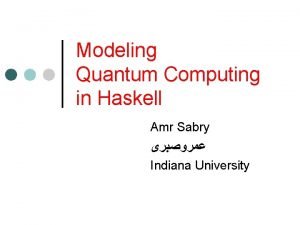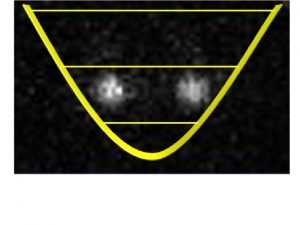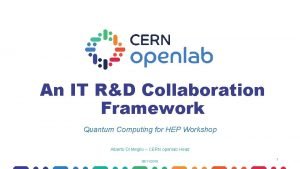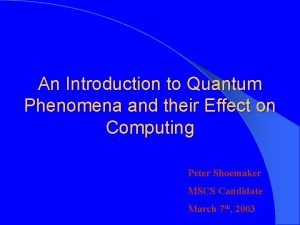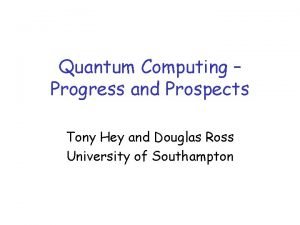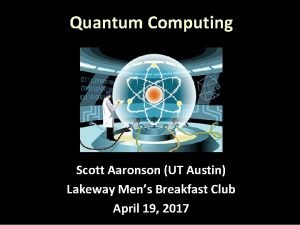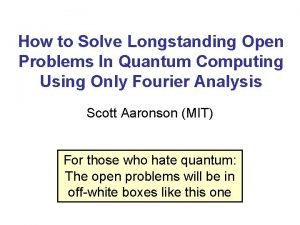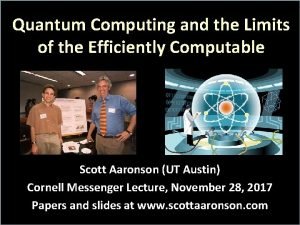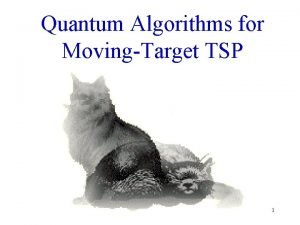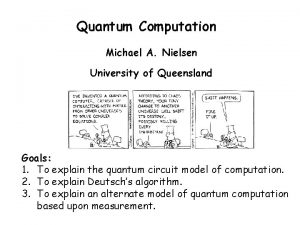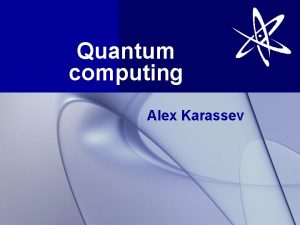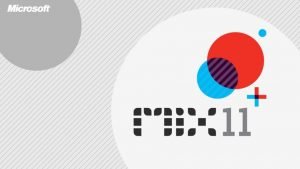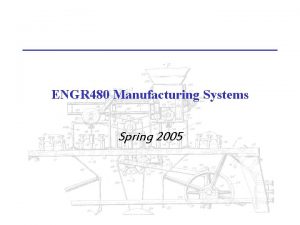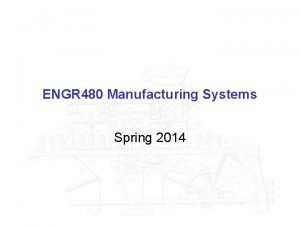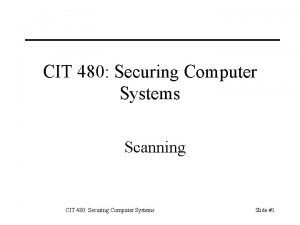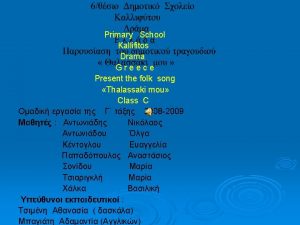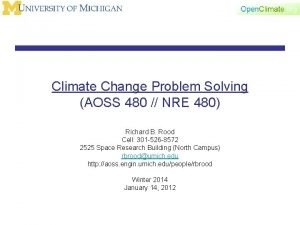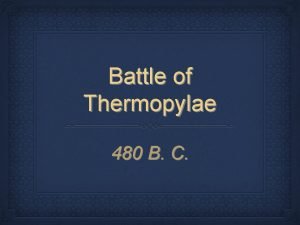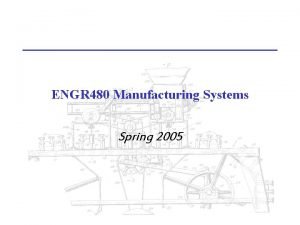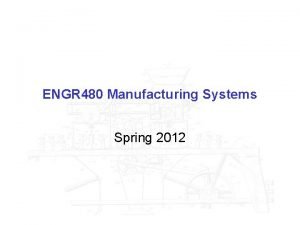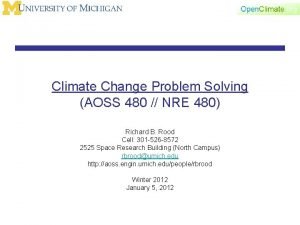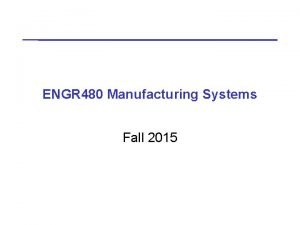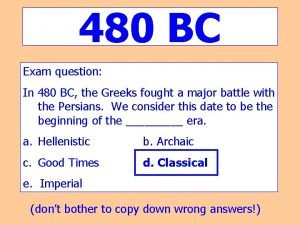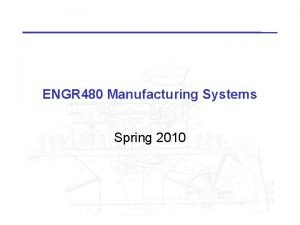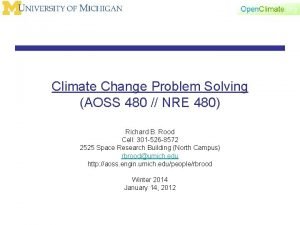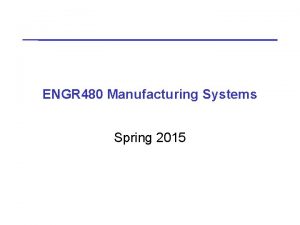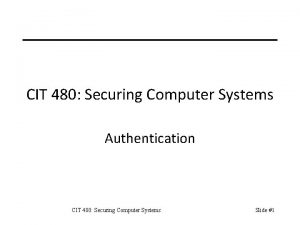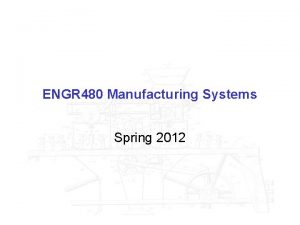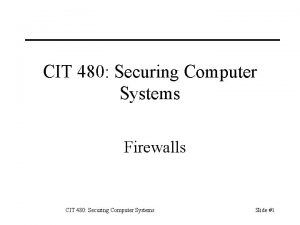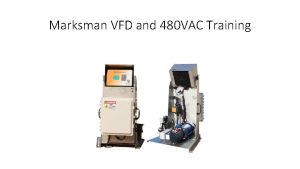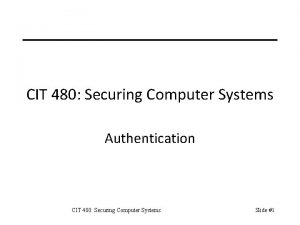QUANTUM COMPUTING Norman Littlejohn COSC 480 Topics Quantum























- Slides: 23

QUANTUM COMPUTING Norman Littlejohn COSC 480

Topics � Quantum Computing � History � How it works � Usage

Moore’s Law � � � The number of transistors in a processor double every ~18 months What happens in the year 2020 -2030? The next step: Quantum Computing

Definition � A device for computation that makes direct use of quantum mechanical phenomena, such as superposition and entanglement, to perform operations on data � Harness the power of atoms and molecules to perform memory and processing tasks

Origin � � Argonne National Laboratory around 30 years ago Paul Benioff – credited for first applying quantum theory to computers in 1981

Benioff’s Idea � � � Create an quantum turing machine Turing machine – theoretical device consisting of tape of unlimited length divided into squares which can hold 0 or 1. Instructions are read off of the tape. One calculation at a time Quantum Turing – tape and read/write head exist in quantum state. The positions can be 0 or 1, or a superposition of 0 or 1. One million calculations at a time

Superposition � Superposition - a fundamental principle of quantum mechanics. It holds that a physical system (say, an electron) exists partly in all its particular, theoretically possible states (or, configuration of its properties) simultaneously; but, when measured, it gives a result corresponding to only one of the possible configurations

Bits vs. Qubits � � Modern computers work with bits in one of two states ( 0 or 1 ). Quantum computers encode information as quantum bits, or qubits, which can exist in superposition, which allows more states.

Qubits � � � Qubits represent atoms, ions, photons, or electrons and their respective control device that work together to act as computer memory and a processor. 30 -qubit processor = modern computer running at 10 teraflops (10 trillion floating-point operations per second). Typical desktops measured in gigaflops

Control Devices � � � Ion traps use optical or magnetic fields (or a combination of both) to trap ions. Optical traps use light waves to trap and control particles. Quantum dots are made of semiconductor material and are used to contain and manipulate electrons. Semiconductor impurities contain electrons by using "unwanted" atoms found in semiconductor material. Superconducting circuits allow electrons to flow with almost no resistance at very low temperatures.

Problems � � Entanglement – attempting to look at subatomic particles could bump them and change the value. Looking at a qubit in superposition to determine the value will assume the value of 0 or 1, but not both which is the same function of digital computers.

Solutions � � Measure indirectly to preserve integrity Outside force to two atoms makes them entangled. When disturbed, one atom will choose a spin (or value), and the second atom will choose the opposite spin.

Out in the field � � 1998 – Los Alamos and MIT researchers Spread a single qubit across three nuclear spins. Spreading it made it harder to corrupt and allowed researchers to use entanglement to study reactions indirectly

Out in the field � � 2000 – Los Alamos Lab 7 -qubit quantum computer within a single drop of liquid. Used nuclear magnetic resonance (NMR) to manipulate particles in the atomic nuclei of molecules of trans-crotonic acid. Electromagnetic pulses forced the particles to line up. Particles in position paralell or counter to the magnetic field let the quantum computer mimic information encoding Trans-crotonic acid = fluid of 6 H atoms and 4 C atoms.

Out in the field � � � 2001 – IBM and Stanford University Demonstrated Shor’s Algorithm (finding prime factors of numbers). 7 -qubits

Out in the field � � � 2005 – Institute of Quantum Optics and Quantum Information (Innsbruck University) First qubyte created (8 qubits) Made through use of ion traps

Out in the field � � 2006 – Waterloo and Massachusetts Quantum control on a 12 -qubit system

Out in the field � � � 2007 Canadian Company D-Wave Demonstration of 16 -qubit quantum computer Computer solved a sudoku puzzle and other pattern matching problems

D-Wave � Promised a practical system by 2008, but many believed it to be impossible � D-Wave One � D-Wave Homepage

Future problems � � � Ability to factor large numbers allows for useful decoding and encoding secret information Modern encryption methods are simple compared to quantum computers’ methods Search large databases in a fraction of time it would take modern computers

Further Explanation � Think Big

Recap � Quantum Computing: � History � Development � How it works � Usage

Questions?
 480+480
480+480 Littlejohn quantum mechanics
Littlejohn quantum mechanics Attatchment theory
Attatchment theory Tradisi sosiopsikologis littlejohn
Tradisi sosiopsikologis littlejohn Teori komunikasi kelompok
Teori komunikasi kelompok Disiplin ilmu komunikasi adalah
Disiplin ilmu komunikasi adalah Sarah littlejohn
Sarah littlejohn Contoh tradisi sibernetika
Contoh tradisi sibernetika Mobile computing research topics
Mobile computing research topics Classical physics
Classical physics Quantum physics vs quantum mechanics
Quantum physics vs quantum mechanics Online learning of quantum states
Online learning of quantum states Mit quantum computing
Mit quantum computing Gil kalai quantum computing
Gil kalai quantum computing Haskell quantum computing
Haskell quantum computing Prerequisites for quantum computing
Prerequisites for quantum computing Cern openlab quantum computing
Cern openlab quantum computing Quantum computing meaning
Quantum computing meaning Quantum computing progress and prospects
Quantum computing progress and prospects Scott aaronson ut austin
Scott aaronson ut austin Open problems in quantum computing
Open problems in quantum computing Quantum computing
Quantum computing Tsp
Tsp Nielsen quantum computing
Nielsen quantum computing
